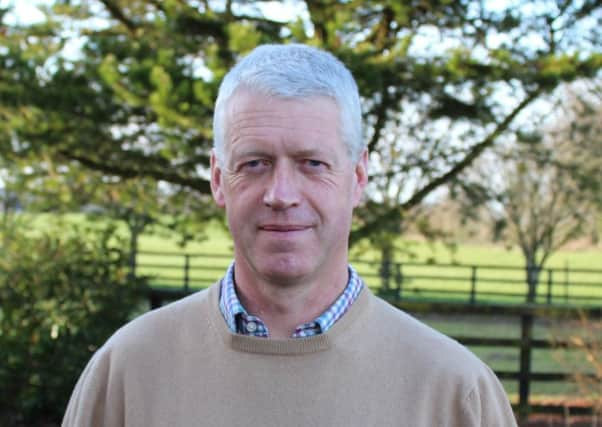Why the spread of Ash Dieback continues to gain momentum


It would be extremely helpful if Forest Service could complete the approval procedures as quickly as possible.
December is fast approaching and those wanting to get on with planting trees this season will need as much time as possible to prepare for this work.
Advertisement
Advertisement
The approval process takes place in two stages. Forest Service issues a conditional approval to applicants. This is then followed by the final authorisation. No conditional approvals have been issued yet.
Approval under FES means that all establishment costs will be grant aided, while also providing annual payments on the land planted out for a period of 10 years. Underpinning all of this is the development of a fit-for-purpose woodland development plan. The team at Premier Woodlands will provide clients with a bespoke service in this regard.
It goes without saying that it would be extremely beneficial if Forest Service were to green light as many of the FES applications received this year as possible. The money is available to make this a reality as planting grant budget continues to be under spent. It should also be pointed out that tree planting rates remain well behind the targets agreed by Michelle O’Neill when she was Farm Minister in the Stormont Executive.
Brexit has brought uncertainty to many sectors of the local economy. And forestry is no different in this regard. Forest Service has pushed ahead with the FES in 2019. However, it’s incumbent for the agency to clarify if grant funds will be made available in 2020 and beyond. And, again, the quicker this is done the better.
Advertisement
Advertisement
Unfortunately, the spread of Ash Dieback (Chalara) continues to gain momentum. There is now every possibility that the disease will cause the same level of carnage to local ash tree populations as was witnessed when Dutch Elm Disease reached this part of the world almost fifty years ago.
Up to this point, Forest Service has not come up with a final strategy on how to deal with this problem. I totally disagree with the policy that ash replacements should not be used to replace trees killed-off by Chalara. How else are we going to identify strains of ash that are resistant to the disease?
Grant aid is available to allow the felling of infected trees that are less than 10m in height. The question is: what is the best way to make use of this timber. Staff at Premier Woodlands are currently researching ways of making the best use of this resource. Cutting the timber up for firewood is one option. Ash can be burnt fresh. We are working to find out if it is feasible to make the sale of ash firewood produced on a small scale basis a viable economic option.
It goes without saying that we need to plant more trees. And this requirement gets bigger with every day that passes. It makes sense from an environmental, conservation and general land use point of view.
Advertisement
Advertisement
The Stormont Executive confirmed the Woodland Expansion Policy for Northern Ireland by committing to doubling its woodland cover from 6% to 12% between 2015 and 2050. We are well behind the curve in acting to make this target a reality.
Farmers and private landowners can make a real difference in helping to accelerate tree planting rates locally. But everyone involved in the private forestry and woodland development sectors need the full support of Forest Service when it comes to making this actually happen.
For further information, contact Premier Woodlands Ltd on (028) 7963 4236